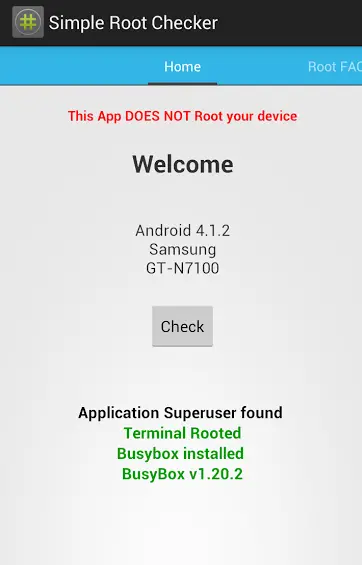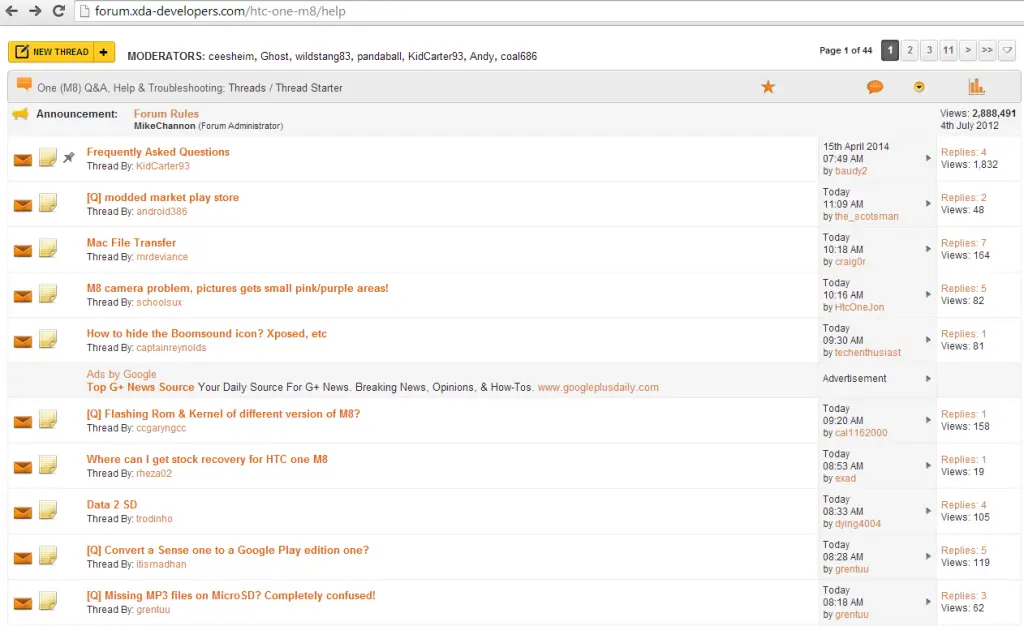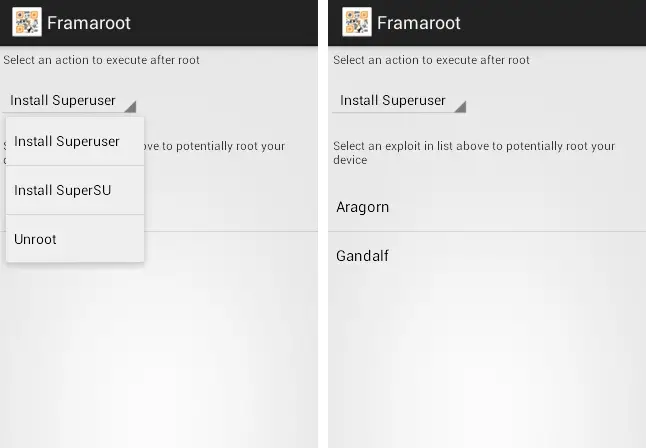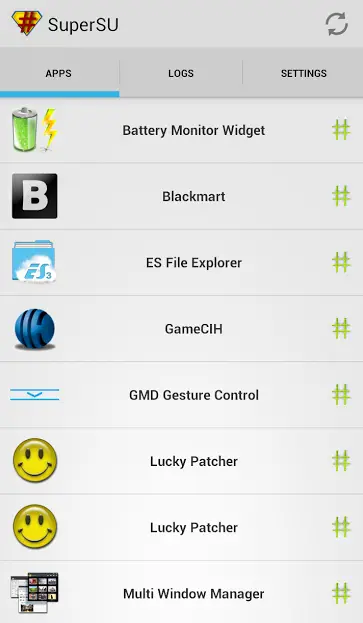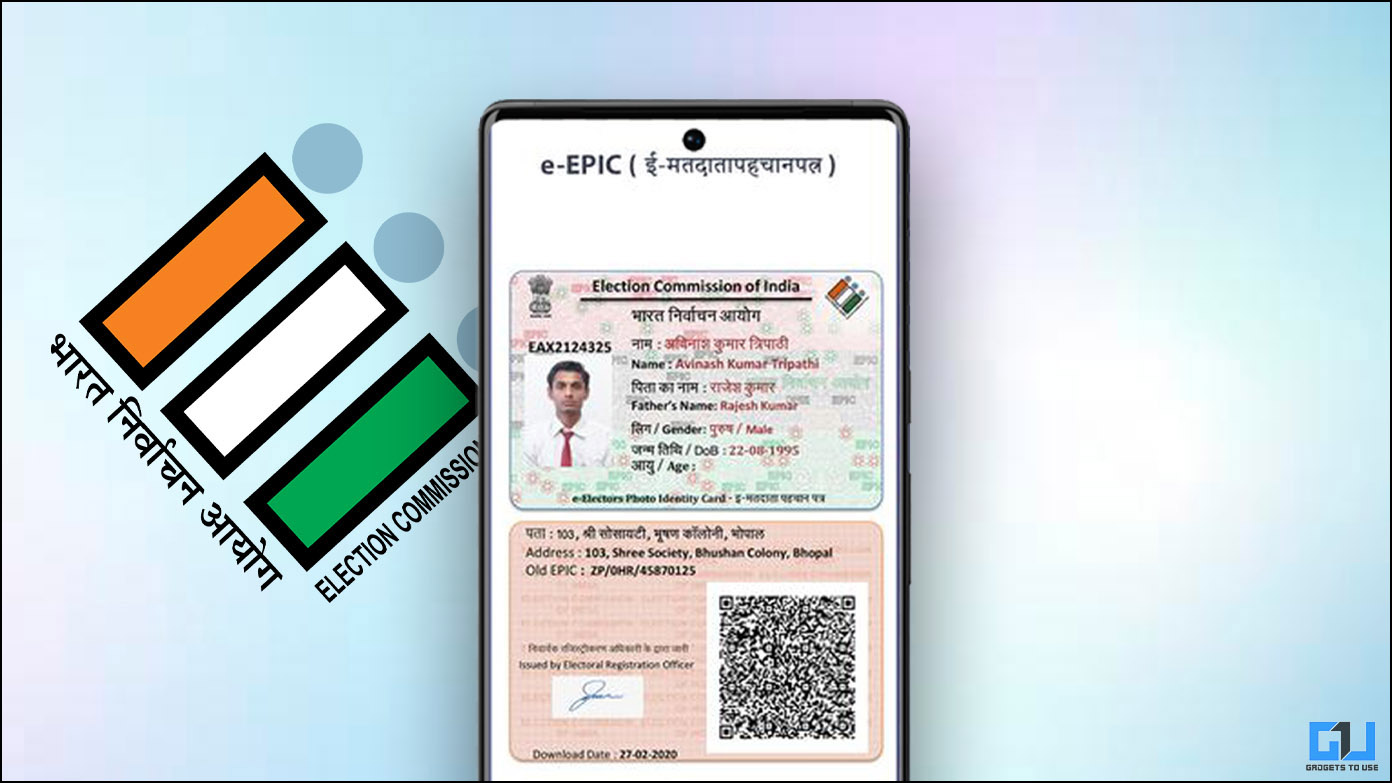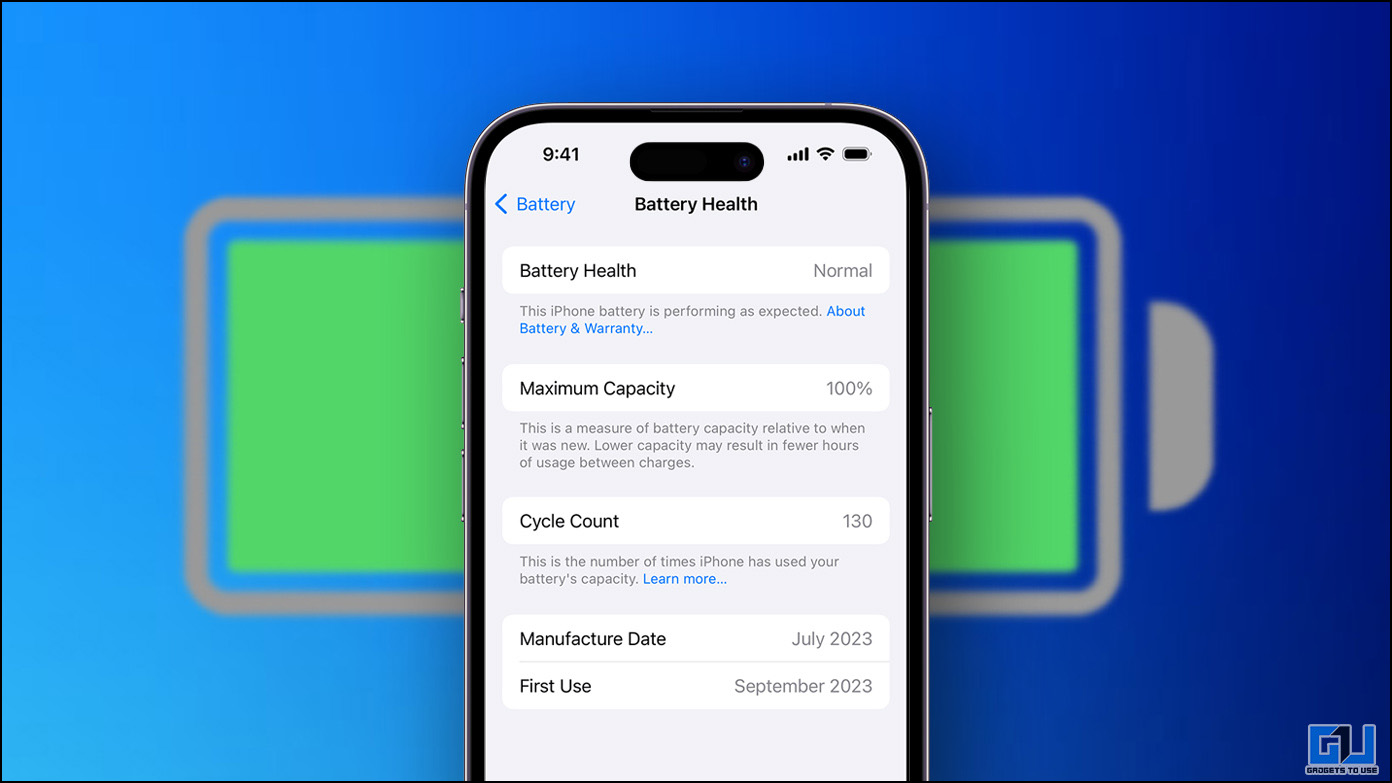The purpose of rooting is uniform across all devices – it allows users to gain privileged control and overcome limitations that the manufacturers of their devices have placed upon them. Obtaining elevated administrator-level privileges for your device opens up a new world of possibilities for a user with numerous advantages that are described in our article here.
However, a question which every user who desires to root his device must ask is ‘Is my device rootable?’. The answer to this question for any device depends upon the combination of the OS, manufacturer and the device itself.
Strictly speaking, when we talk about a platform as open as the Android OS, it is almost impossible for a manufacturer to make an ‘un-rootable’ device. Attempts have been made by manufacturers of some devices, such as in the case of the Motorola Droid X, where subsequent updates by the manufacturer have ended up unrooting the device.Nonetheless, it’s almost always a matter of developers finding a new security exploit to enable root-access again.
New devices are seldom ‘un-rootable’ when launched. Over a period of time, developers make root exploits available for these devices. Those devices which are on Operating Systems other than the Android OS may have limits to how much elevated access can be provided to the user.
There is no uniform method to find out if a device can be rooted or not. Apps exist which will allow users to check if their device is rooted or not, such as the Simple Root Checker, but finding out if an exploit has been discovered for your device isn’t as easy. The following three broad procedures may allow the user to find out if there exists a process which will allow him to root his device.
Google it!
As always, Google can save the day. It’s as easy as googling the model number of your device with a ‘How to root’ string attached, which will allow you to find a root exploit. For popular devices, and those which have been rooted, there would be numerous results to choose from. For example, as shown in our attached image, we googled ‘How to root N7100’ and established that many search results are found containing the necessary information.
For devices which cannot be rooted, limited or unrelated results will be displayed, confirming the absence of a root exploit for the device, which might be primarily due to low popularity of the device.
Search on popular Forums
Forums are websites where discussions related to specific topics can be held by users who have interests in these topics. Luckily for smartphone users, numerous such forums exist where information related to their smartphones/tablets etc can be easily found.
One of the very popular amongst these forums is the XDA Developers forum. A software community of about 5 Million people worldwide, XDA will allow you to select your device from amongst numerous others and display threads related to your device.
It is very easy to learn rooting procedures for your device on these forums, or even to ask questions and start discussions associated with your device. Some other popular smartphone forums similar to XDA are AndroidCentral forums, AndroidForums, iMore forums etc.
Root Tools
There exist some software tools and app, which work on multiple device models and can thus be used to test the root exploit availability and root the device in one go. However, these tools do not merely give you the information regarding the availability of root exploits, they directly root the device, and therefore should be used only when the user is aware of the existing risks and is absolutely positive about rooting his device.
One such popular app is Framaroot. This app which can be downloaded from the developers XDA thread is a one click solution to root some devices. A compatibility list has been provided by the developer to notify which devices can be rooted through this app and users can check the names of their devices against this list. We have tested rooting Zen Ultafone 701 FullHD and Xolo A500 S containing MediaTek’s MT6589T and MT6572 processors respectively with this app, so there’s a fair chance that most devices containing MediaTek’s processors will be supported by Framaroot.
Different manufacturers using different operating systems have varying processes to root their devices. Let us consider the case of the two most popular mobile operating systems and analyse the general methods used to root them.
Android OS
Rooting Android operating systems is fairly popular, implying that exploits can be easily found for popular Android Devices and for many of the obscure ones too. Essentially rooting an Android device includes flashing a custom recovery image.
Flashing implies overwriting on the ‘read-only’ memory of the device, and this procedure while rooting involves writing new data which can skip the digital signature check of official firmware updates. Therefore, the system merely believes that new genuine updates from the manufacturers are being installed on the ROM, while in reality the image contains a modified update.
This modified firmware update will typically include the utilities required to run apps with root access. The rooting procedure would also install a typical supervisor application, such as the SuperSU app, which can be allowed to monitor and provide root access to applications.
Apple iOS
A process used as iOS ‘Jailbreaking’ is used to provide administrator-level access on iOS devices, which is different in principle from rooting in two ways. Firstly, iOS systems have a strictly locked Boot loaders, which is not the case with Android devices where Boot loaders are either open or easily unlockable.
A Boot loader is the lowest level, first program which runs on your device – it starts when a device is initialized or ‘Booted’ and places the OS of a computer into the memory. A locked boot loader will not allow a customized ROM to run as it uses digital signatures to verify the OS and the code that is being loaded. On the other hand, an unlocked Boot loader will load any OS.
Jailbreaking for the iOS thus also involves completely unlocking the Bootloader. Other than this difference, the iOS does not allow unsigned apps to be installed on iOS while on the Android OS unsigned apps can be installed after checking the ‘Unknown Sources’ option from Security settings.
Therefore, Jailbreaking for the iOS typically involves unlocking the boot loader, providing Administrator rights, and allowing installation of unsigned apps from sources other than the Apple App Store.
The third most popular mobile OS, The Windows OS does not provide root access to users and very few exploits have been developed for the current Windows 8 OS, while comparatively more exploits are available for the older Windows 7 OS. Even though there have been random reports of some devices of the Nokia Lumia series with the Windows 8 OS being rooted, lack of interest and precautions by the manufacturers have prevented any large scale customization efforts on these devices.
The future of rooting depends a lot upon the manufacturers and consumer interest. Apple and Microsoft do not promote rooting – Google on the other hand releases open source codes which can be used by any developer, and promotes rooting both through its devices and through open source projects. HTC, Sony, Asus etc. explicitly provide the user with the ability to unlock devices and replace/modify the OS.
A vast majority of smartphone users and all over the world believe that rooting is completely a personal choice of the owner of the device, and manufacturers should have no say in it, nor should they be allowed to prevent the user from modifying a device he owns. In most countries, India amongst them, Rooting/Jailbreaking smartphones for personal usage is an entirely legal procedure. Therefore, smartphone users in India can seek and implement root exploits and enjoy the benefits of elevated access and permissions on their devices without any concerns.

